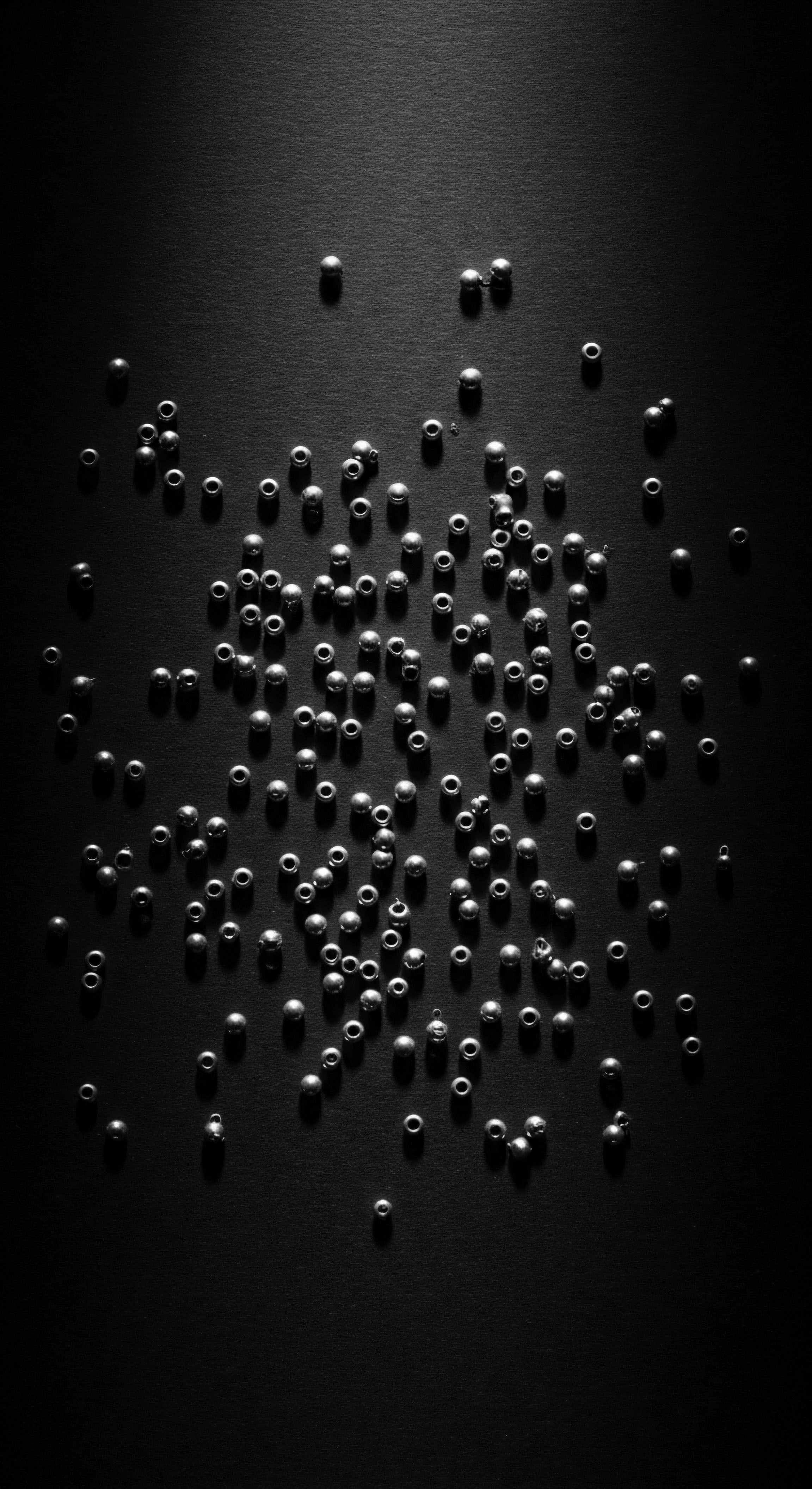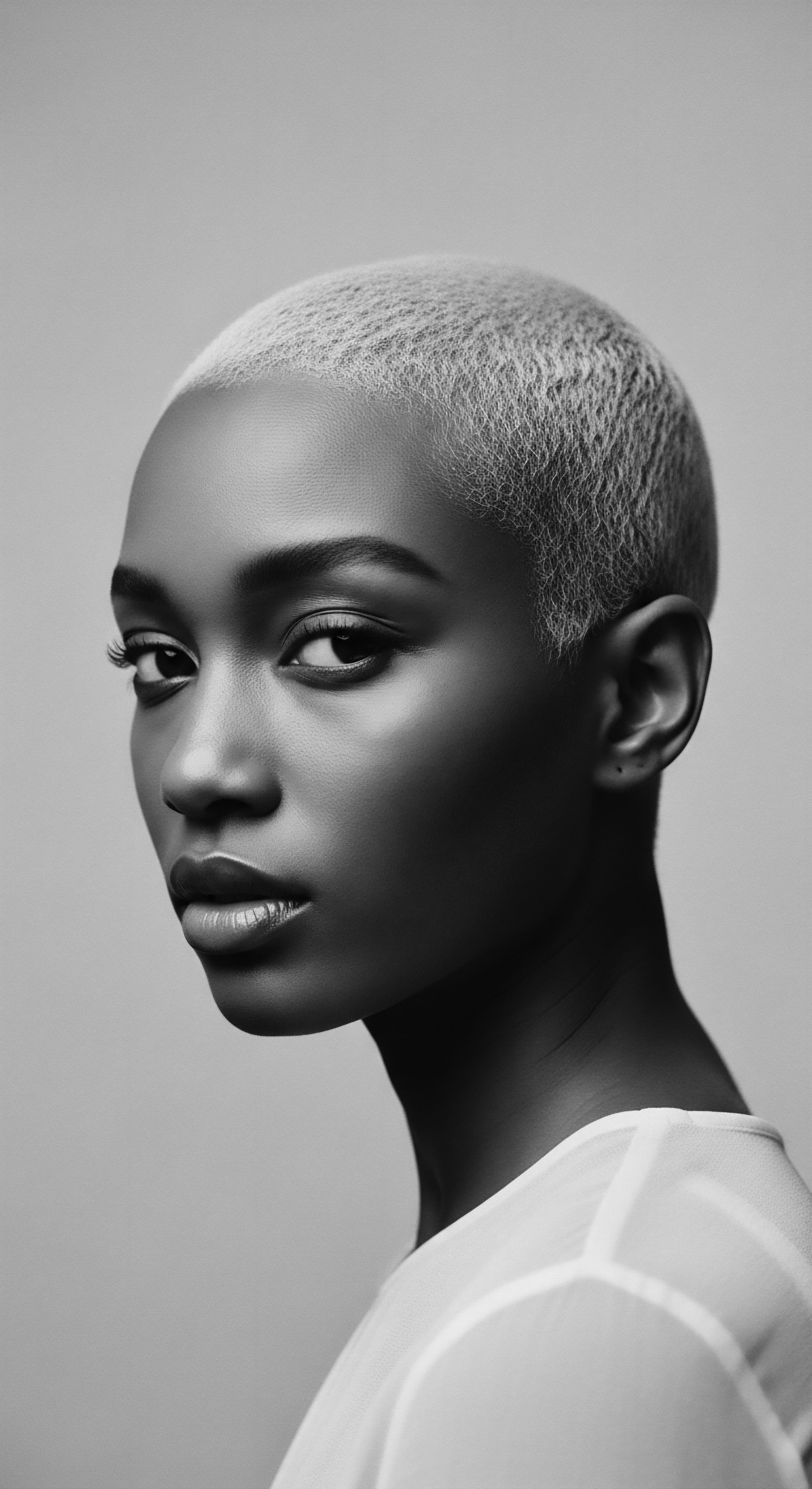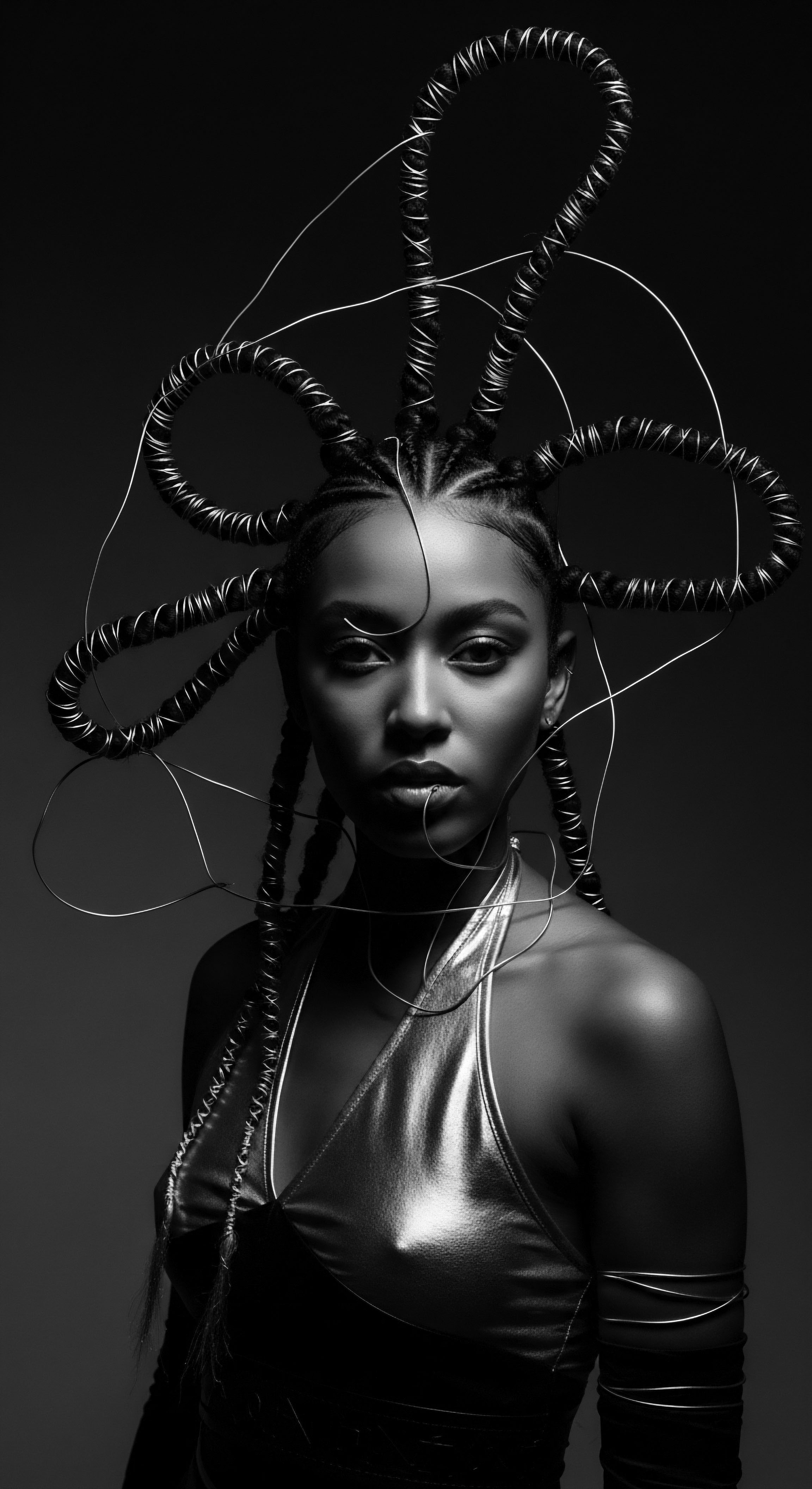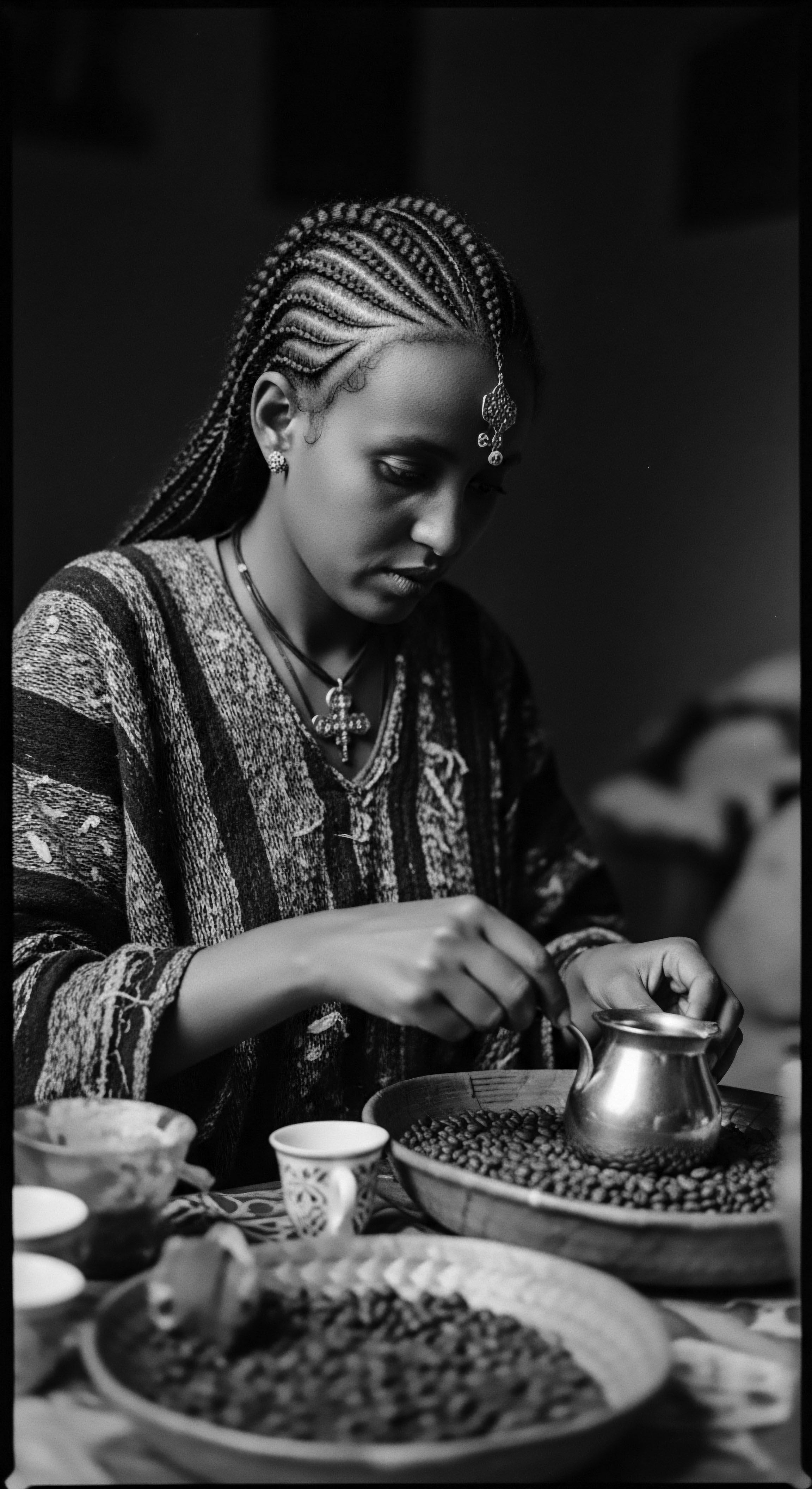
How has Chébé impacted modern textured hair care products?
Chébé deeply impacts modern textured hair care by emphasizing ancestral moisture retention and breakage prevention, rooting products in cultural heritage.

Can traditional Chebe application benefit diverse textured hair types?
Traditional Chebe application benefits diverse textured hair by reducing breakage and aiding length retention through ancestral protective methods.

Can ancient practices using natural greens prevent textured hair breakage?
Ancient practices using natural greens, steeped in textured hair heritage, bolster strands by addressing dryness and cuticle integrity.

What is the historical significance of Chébé for textured hair communities?
Chébé's historical significance lies in its millennia-old use by Chadian women for length retention, forming a cornerstone of textured hair heritage.

What ancestral oils nurtured Black hair?
Ancestral oils like shea butter, palm oil, and castor oil, along with blends such as Chebe and Karkar, historically nurtured Black hair by sealing moisture and providing protective care.

What traditional herbs promoted textured hair growth?
Traditional herbs, integral to textured hair heritage, supported growth through scalp nourishment and strand fortification.

How do historical oiling practices connect to modern textured hair regimens?
Historical oiling practices for textured hair form a living heritage, their ancestral wisdom affirming modern regimens through shared principles of moisture and protection.

What are Chébé’s core heritage ingredients?
Chébé's core heritage ingredients center on Croton Zambesicus seeds, a timeless link to Chadian hair wellness traditions.

Which ancient plants promoted textured hair length?
Ancient plants promoted textured hair length by fortifying strands, retaining moisture, and reducing breakage, echoing a heritage of mindful care.

What Chadian practice exemplifies hair oiling heritage?
Chébé, a powdered blend from Chad's Basara women, exemplifies hair oiling heritage by enhancing length retention and strength in textured hair.

What is the biological reason for oiling textured hair?
Oiling textured hair protects its delicate structure, supplementing natural sebum distribution and reinforcing its ancestral heritage of vibrant health.

What cultural significance does Chebe hold for hair heritage?
Chebe holds profound cultural significance for hair heritage, serving as a traditional Chadian practice for nourishing and protecting textured hair.

What ancestral oils traditionally nurtured African textured hair?
Ancestral oils traditionally nurtured African textured hair by providing moisture, protection, and cultural connection rooted in ancient practices.

What traditional grains were hidden in textured hair?
Traditional grains like rice and fonio were either concealed in braids for survival or provided essential nutrients that fostered hair vitality through ancestral diets.

What historical importance does Chebe hold for hair heritage?
Chebe's historical importance lies in its centuries-old use by Basara women for textured hair health, embodying ancestral care and cultural identity.

Can Chebe practices be integrated with contemporary textured hair care regimens?
Chebe practices can be integrated into contemporary routines by honoring their ancestral methods while adapting for modern hair care.

What is Chébé and its historical significance for textured hair length?
Chébé, an ancient Chadian blend, deeply connected to textured hair heritage, primarily supports length by protecting strands from breakage.

How does the Basara Arab Chebe practice inform textured hair strength?
The Basara Arab Chebe practice informs textured hair strength by protecting strands and retaining length, a deep connection to ancestral wisdom.

How did ancestral African wisdom influence textured hair care?
Ancestral African wisdom profoundly shaped textured hair care by prioritizing natural ingredients, protective styling, and communal rituals rooted in cultural identity.

Which African plants are used for textured hair health?
African plants like shea butter, chebe powder, hibiscus, moringa, and African black soap nourish textured hair, reflecting centuries of inherited care practices.

What historical meaning does Chebe carry for hair heritage?
Chebe historically signifies an ancestral botanical practice from Chad for strengthening and length retention in textured hair through meticulous ritual.

How do communal practices link to Chébé’s heritage?
Communal practices link to Chébé's heritage by transforming hair care into a shared ritual, preserving ancestral wisdom for textured hair.

